In The Road to Eleusis; Unveiling the Secret of the Mysteries, R. Gordon Wasson wrote: “The advantage of the mushroom is that it puts many, if not everyone, within reach of this [phantasmagoric] state… It permits you to see, more clearly than our perishing mortal eye can see, vistas beyond the horizons of this life, to travel backwards and forwards in time, to enter other planes of existence…”
Wasson goes on to highlight the beauty, heightened sense of meaning, and clarity that comes with being, “bemushroomed.”
Today, there are a number of retreat centers and resources dedicated to guiding people through mushroom experiences, and for good reason. Not only has public curiosity grown and developed over the years since Wasson released this seminal book, so has the science behind what makes mushrooms unique.
At the 2017 Psychedelic Science Conference — held in Oakland, CA hosted by the Multidisciplinary Association for Psychedelic Studies (MAPS) — mycologist, researcher, and author Paul Stamets explained that, “psilocybin degrades into psilocin which tightly binds and activates serotonin receptors, and stimulates neurogenesis.” He went on to clarify the breadth, depth, and potential of this stimulation, “under the influence [of psilocybin] you can overcome conditioned fear response […] psilocybin induces courage and kindness.”
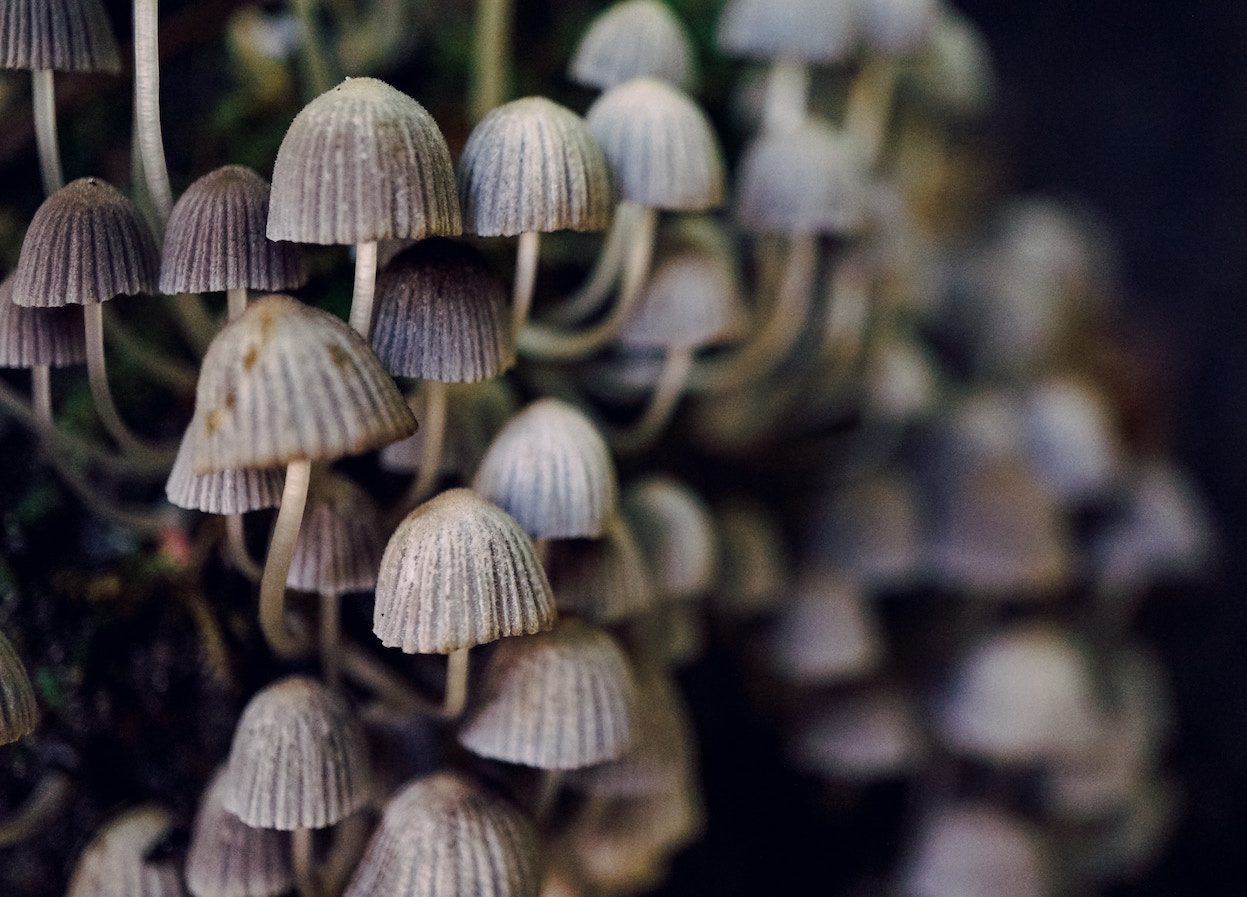
Currently, studies into the vast and multifarious use of psychoactive mushrooms are being conducted across the United States and abroad. One such study, published in the Journal of Psychopharmacology, found that “a single dose of psilocybin [When administered under psychologically supportive, double-blind conditions,” as the study required]produced substantial and enduring decreases in depressed mood and anxiety along with increases in quality of life…” (Griffiths et al. 2016).
The mystical and profound experiences that so many have detailed since psilocybin entered the American psychedelic lexicon in the 1960s, are now beginning to be tested and explored in mainstream medical science. This fact coupled with the decriminalization of psilocybin in Denver, CO and Oakland, CA suggest that the future of the mushroom is bright.
The legitimization of the mushroom — legally and as a powerful healing tool — is promising, and makes sense for fungi with so much storied history. Use of sacred mushrooms in a ceremonial and spiritual setting is age old. According to the the Erowid Center, a non-profit dedicated to collecting and disseminating information about psychoactive plants and chemicals, “hallucinogenic mushrooms have been part of human culture as far back as the earliest recorded history.”
Take amanita muscaria for example, this psychoactive mushroom containing ibotenic acid and muscimol was regularly used in shamanic tradition by indigenous Siberian and Baltic cultures. It is also thought that mushrooms containing psilocybin were widely used in rituals and ceremonies in Mesoamerica. Evidence of mushroom temples and stone carvings of mushrooms date as far back as 1000 to 500 B.C.
Ritualistic, sacred mushroom use is built into the history of our species, and thankfully, in 2019, there are a number of ways to have a spiritual mushroom experience.
Organizations and retreat centers around the globe provide the space and support to offer legal psilocybin experiences. The regulations around how psilocybin may legally be obtained differ from country to country, which of course dictates how and where these mushroom retreats are permitted to take place.
In Brazil for example, ayahuasca is legal, and the law extends to the sacramentaluse of mushrooms. In Jamaica, psilocybin is not legal per se, but it’s also not criminalized, and booking a mushroom retreat on Treasure Beach can be accomplished with a few clicks. In Amsterdam on the other hand, where mushroom retreats are also bookable online, the legality of psilocybin use is a bit more complicated.
According to the Vienna Convention of 1971, the UN prohibits the use and cultivation of LSD, MDMA, and Psilocybin. Truffles containingpsilocybin, however are available and even purchasable online in Amsterdam. These “magic truffles” are the sclerotia, a particular piece of hardened mycelium attached to the mushroom that produce a similar psychoactive effect. Synthesis, a retreat center based in Amsterdam, offers “a safe, legal, and modern psychedelic retreat utilizing psilocybin truffles for creative breakthroughs, personal growth, and spiritual development.”
Given the similarities between a “magic mushroom” and a “magic truffle,” truffle experiences are also gaining popularity as are retreat centers like Synthesis that take this approach to sacred mushroom use.
In Mexico, for example, 111 towns have been designated Pueblos Mágicos, “magic towns,” in which guided experiences with psilocybe mexicana are readily available. This species has played a profound and important role in the history of the psychedelic mushroom. Following the discovery and synthesization of lysergic acid diethylamide (LSD), Albert Hofmann became the first person to extract and synthesize psilocybin, using psilocybe mexicana. Today, psilocybe mexicana is known for both its magic mushroom and magic truffle bearing capacity, and Mexicana truffle experiences have grown in popularity and accessibility. Oaxaca is the place to go for a true Mexicana truffle experience.
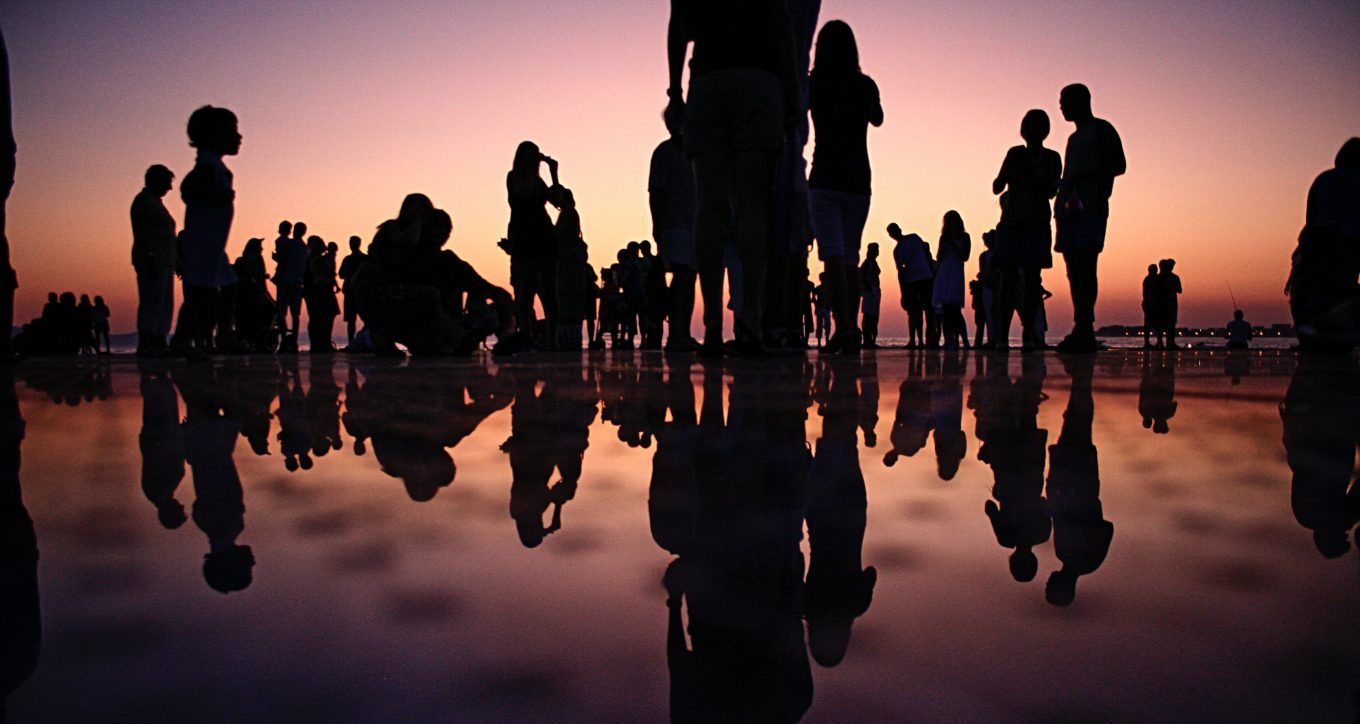
Atlantis truffle experiences are also growing in popularity, and are particularly unique as Atlantis truffles are made of sclerotia from a part of the mushroom with a particularly high concentration of psilocybin. That makes them some of the world’s most potent truffles.
There are, as far as we know, at least 10,000 species of mushroom, and approximately 180 known mushroom and truffle species that contain the psychoactive chemicals psilocybin and psilocin. As listed by The Erowid Center, known species of psychoactive mushrooms include:
- Psilocybe cubensis: The most well-known and widely cultivated of psilocybin mushrooms.
- Psilocybe cyanescens: Less well-known compared to psilocybe cubensis, but no less cultivated, smaller, and slightly more psychoactive.
- Psilocybe azurescens: Discovered by Paul Stamets in the mid-90s, it is likely the most potent psilocybin mushroom in the world.
So what happens on a mushroom retreat, and, what is a mushroom trip actually like? R. Gordon Wasson had some ideas on the latter. As with any psychedelic experience, there is a subjectivity that is often difficult to qualify or explain. One ubiquitous trait with psilocybin experiences lies in the way nature plays a role. In his recent book, How to Change Your Mind, Michael Pollan describes a certain “poignancy,” and the sensation of having “a plant’s eye view of the world.” He goes on:
I felt as though I were communing directly with a plant for the first time and that certain ideas I had long thought about and written about—having to do with the subjectivity of other species and the way they act upon us in ways we’re too self-regarding to appreciate—had taken on the flesh of feeling and reality.
Given their sacred history and abundant presence in nature, it seems to make sense that a psychoactive mushroom experience would ground us in the natural world, and seek to remind us of our relationship to the environment. Mushrooms are as of the Earth as any fungi can get, and we’re still learning of their vast and profound benefits.
For these reasons, it also makes sense that a key pillar of a mushroom retreat would be to nourish and honor the mushroom’s place in the natural world. As with any psychedelic experience, set and setting are key, but with psilocybin, the desire to connect with nature is often particularly pronounced.
During mushroom retreats, on ceremony days — multi-day retreats tend to run on a schedule that includes at least:
- one day of preparation,
- one day of ceremony, and
- one day of discussion and reflection
Many retreat centers encourage tailoring your setting to whatever feels best to you. This is key. Particularly when it comes to psilocybin, when nature calls, you’ll want to answer. Below is an example, from Synthesis, of a typical retreat ceremony day schedule:
Day 2: Ceremony
On the second day of the retreat, you will participate in the ceremony, consuming the psilocybin truffles at either a low, moderate, or high dose. You will be fully prepared and comfortable in a setting perfectly optimized for your needs, allowing you to make the most of your psychedelic experience.
08:00 – Breakfast
09:30 – Breathwork/Meditation
12:00 – Psilocybin ceremony
21:00 – Dinner
22:00 – Conversation time
The truth is, no matter which sort of experience or retreat you choose, one thing quickly becomes clear — the spiritual, psychological, and somatic benefits of the mushroom are as profound and genuine as they are deeply rooted in the history of our species.
Psychedelic retreats are a great option if you’re wanting to experience plant medicine in a legal, and intentional way. Find a list of vetted retreat centers offering ceremonies worldwide.

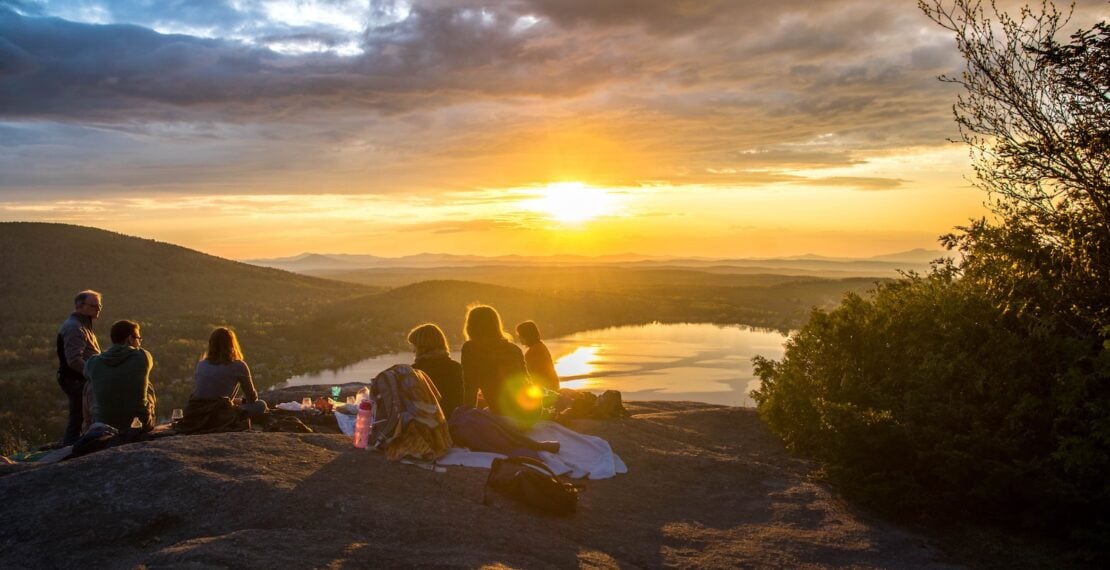
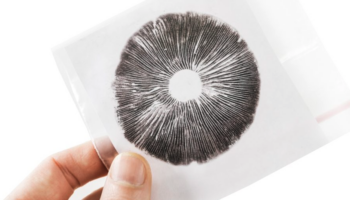
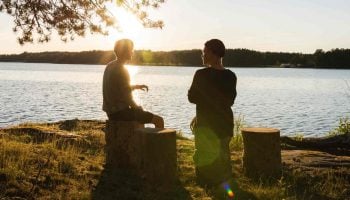
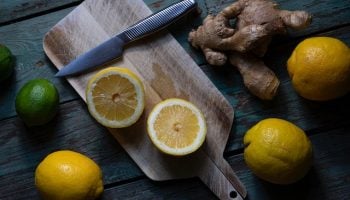
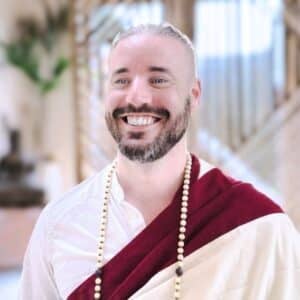


Hi Paul,
I am an experienced meditator. And I’ve just read “Waking Up” by Sam Harris. In the book, he mentioned about the positive effect of LDS to meditation. I am interested in enhancing my meditation experience. I wonder whether you can suggest any meditation retreats.
Thank you,